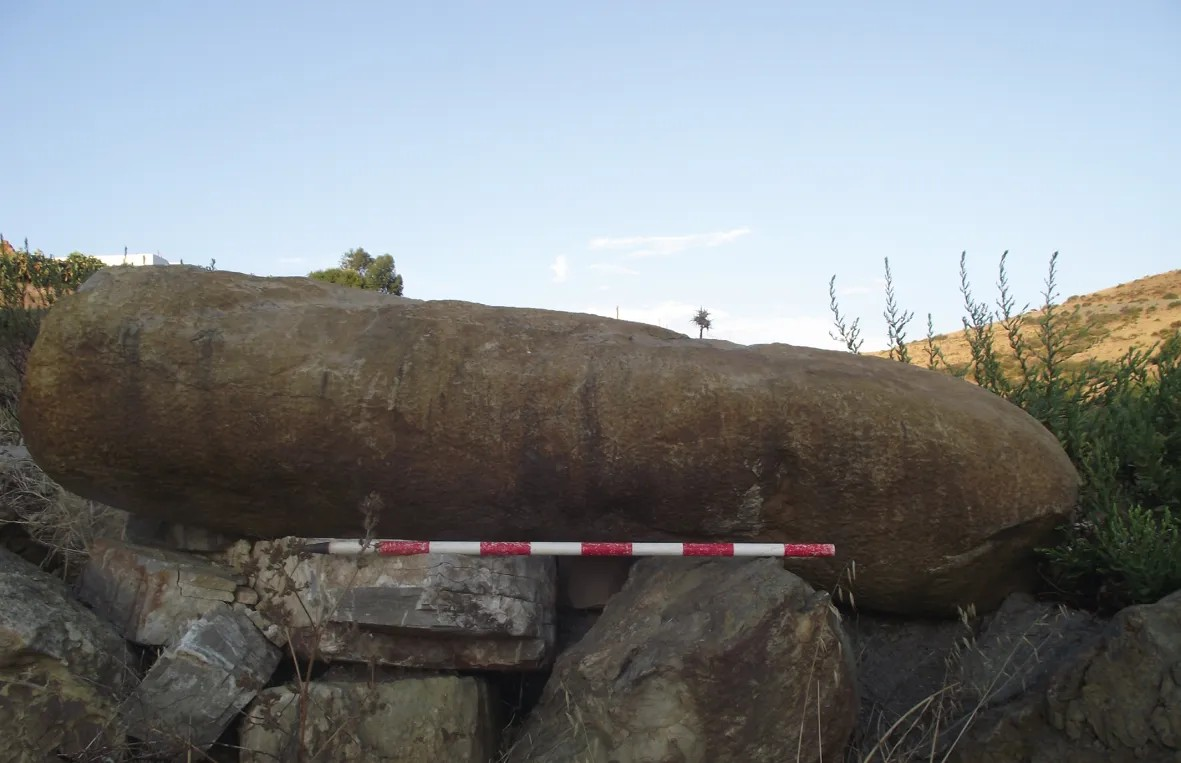A major archaeological discovery has come to light in northern Morocco, on the Tangier Peninsula just south of the Strait of Gibraltar. Three ancient cemeteries—including a rare stone burial site dating back 4,000 years—have been unearthed in a region previously unexplored by researchers.
The groundbreaking find, published on May 13 in the African Archaeological Review, sheds light on prehistoric burial practices and the cultural development of a long-overlooked area.
A Hidden Chapter in North African Prehistory
For centuries, the prehistory of North Africa west of Egypt remained shrouded in mystery. Despite extensive archaeological efforts across the continent, this particular region had received little scholarly attention. Now, under the leadership of researcher Hamza Benattia, a dedicated team has begun to fill in that gap, focusing on the Tangier Peninsula between 3000 and 500 BCE.
Ancient Burial Sites and Artifacts
The team’s efforts led to the discovery of three distinct burial grounds. These sites featured cist graves—stone-lined tombs carefully carved into bedrock and sealed with stone slabs. The meticulous construction underscores the cultural and spiritual significance of funerary rituals for these early communities.
A key element of the study was the radiocarbon dating of human remains found in one of the cist graves. The results placed the burial around 2000 BCE, making it the first radiocarbon-dated cist tomb in northwestern Africa. This finding establishes a critical chronological benchmark for future archaeological research in the region.
“Filling a Major Gap in Knowledge”
“The burials reveal a rich mosaic of funerary traditions,” note the researchers, who emphasize the complexity of the cultural landscape in prehistoric Moroccan societies. According to the team, the discovery significantly contributes to our understanding of social and ritual customs that shaped ancient communities in the region.
A Deeper Mystery Emerges
Adding another layer of intrigue, archaeologists also uncovered a dozen rock shelters adorned with enigmatic circular engravings known as “cup marks.” These markings—concentric circles and parallel lines—may have served as territorial markers or held ritual significance.
Nearby upright stones, possibly functioning as boundary markers or ceremonial indicators, further suggest the ritual and social importance of these sacred spaces.
Beyond the cemeteries, the rock art within the shelters offers fascinating insights into the symbolic world of these ancient peoples. Alongside the geometric motifs, researchers recorded human-like figures, which may depict prominent community members or even deities.
Symbolic Motifs with Pan-Mediterranean Echoes
Of particular note were unique engravings of eight mirrored triangles, stacked in opposing pairs. Strikingly similar motifs have also been found on the island of Ibiza, where they are often interpreted as female representations, suggesting possible cultural links or shared symbolic languages across the Mediterranean.
Lead archaeologist Hamza Benattia emphasized the broader implications of the find, stating:
“The ritual landscape of the Tangier Peninsula is far more extensive and complex than we previously imagined… with the closest parallels found in Late Prehistoric Southern Iberia and the Sahara.”
A Crossroads of Culture
Situated at the meeting point of Europe and Africa, the Tangier Peninsula has long been a strategic nexus. Since the Late Stone Age, it has served as a bridge between the Atlantic and the Mediterranean, fostering a rich and interconnected cultural sphere.
The study’s findings highlight the region’s pivotal role in interregional networks, challenging long-held assumptions within academic archaeological theory about North Africa.
By illuminating the social, cultural, and economic dynamics of northwestern Africa, this research not only redefines our understanding of the prehistoric Mediterranean but also provides compelling new perspectives on the wider Atlantic world of antiquity.







